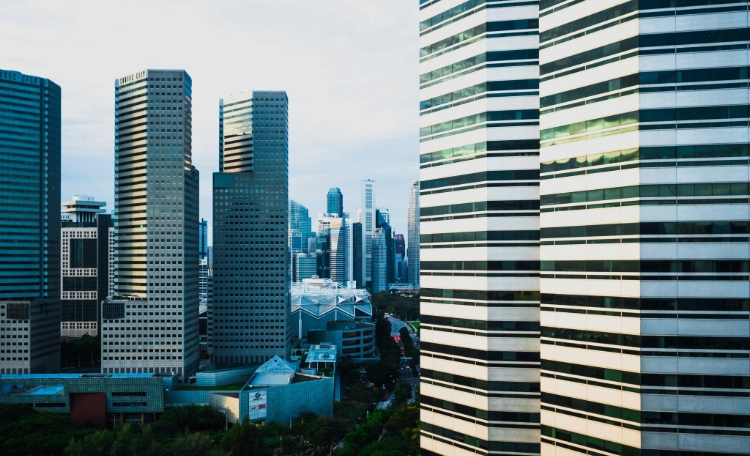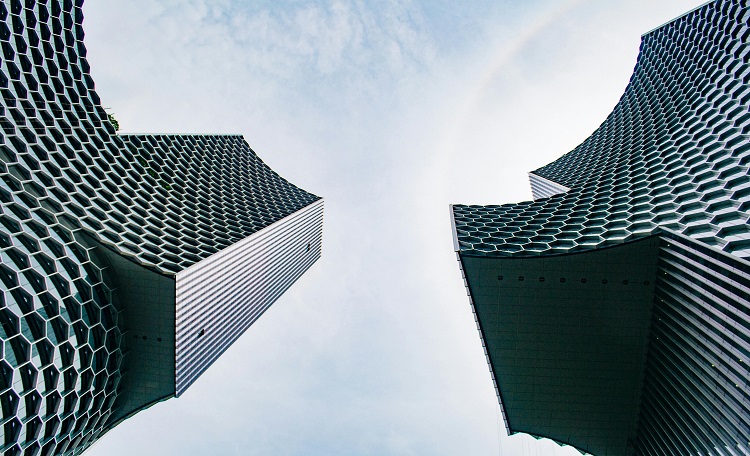-
Risk of office obsolescence is rising around the world
-
Only 28% of existing office stock in Asia Pacific is both prime grade and holds sustainability accreditation
-
However, Asia Pacific more resilient than other regions thanks to younger prime building stock, jobs growth forecast
Office stock in Asia Pacific faces a lower risk of obsolescence than that in Europe or North America, but the ongoing flight to quality and growing focus on sustainable buildings could shorten the timeline available for investors and landlords to optimise their assets.
A new report by Cushman & Wakefield (NYSE: CWK) showed that approximately half of the region’s existing office stock is secondary grade while only 43 percent of the prime-grade stock has any form of sustainability accreditation. This means that approximately 28 percent of existing stock meets specification for top corporate occupiers; the remaining 72 percent will require some form of optimisation to remain relevant.
Sister reports launched by Cushman & Wakefield show that 85 percent of office buildings in the United States and 76 percent in Europe either risk obsolescence or will require some form of repositioning in order to remain relevant. The drivers are different: in the US, low return-to-office rates, weaker office jobs growth and the densification of workplaces, exacerbated by new supply, means 1.1 billion square feet (sf) of excess office space is predicted by 2030. In Europe, sustainability legislation that stipulates minimum energy requirements be met before a building can be leased has accelerated the risk of obsolescence caused in part by an ongoing flight-to-quality and made more pronounced by the rise of hybrid and remote work.
The Asia Pacific report, ReThinking The Office Sector: Optimising Your Asset for a New Era considers factors including the average age of prime office assets, the percentage of prime stock to total stock within a market, return-to-office rates, sustainability accreditation and employee density benchmarks when weighing up the risk of obsolescence for 10 key markets1 across Asia Pacific. It also shows tailwinds for the Asia Pacific market are likely to lessen the risk of obsolescence seen in other regions.
Head of International Research Asia Pacific and report author Dr Dominic Brown said: “Asia Pacific’s growth drivers include the creation of almost 15 million new office jobs by 2030, a higher return-to-office rate than other parts of the world, potential de-densification of workspaces and younger office business districts. These factors will provide a buffer against some of the more severe headwinds felt in other regions.”
However, Brown highlighted that the evolution of working styles and the introduction of sustainability legislation witnessed in the US and Europe could shorten the time available to investors to either reposition (upgrade) or repurpose (find a new use for an asset or site) their Asia Pacific assets to retain their valuation.
“Repositioning scenarios can range from obtaining the certifications needed to meet minimum environmental standards through to extensive refurbishment. In all cases, staying ahead of, or at least keeping pace with, occupier demand and sustainability legislation in each market is necessary for an asset to remain relevant.”
Head of Investor Services for Asia Pacific and Europe James Young said: “The risk of office obsolescence, or at least the need to reposition assets, is rising across the world. Asia Pacific is currently benefiting from stronger office job creation and GDP forecasts than other regions, but all indicators show a clear and growing occupier preference for higher quality, better amenity stock.
“This occupier flight-to-quality has resulted in the top grade of office stock accounting for more than half of the total office demand in Europe every year since 2019; a similar trend is expected to continue driving competition among occupiers for the approximately 30 percent of sustainability certified, premium office space in Asia Pacific. Investors who reposition their assets stand to benefit from this growing demand for sustainable, prime-grade stock; those who do not will face diminishing returns.
Key findings for Asia Pacific:
- 50% of office stock across key markets is secondary grade
- Of the 50% prime stock, only 43% has any form of sustainability accreditation (Figure 1)
- Regional vacancy is expected to reach more than 18% (390 msf) in 20252
- The (weighted) median age of prime stock is 16 years; the percentage of prime stock to overall varies by market (Figures 2, 3)
- The proportion of prime stock with a sustainability rating varies from over 90% in Sydney, Singapore and Melbourne to under 40% in Beijing and Bengaluru.
- 15 million new office jobs are forecast by 2030 across the region, but primarily in China (accounting for 7.4 million of these new jobs), India and the Philippines.
- Asia Pacific has a stronger return-to-office culture than other regions, with Greater China at practically 100% and Tokyo at up to 85%.

Figure 1: Approximately 70% of office stock in Asia Pacific will need some form of optimisation to remain relevant to top corporate occupiers.

Figure 2: The weighted median age of prime stock across key Asia Pacific markets is 16 years.

Figure 3: The proportion of prime stock to overall office stock by key market.
1 Beijing, Shanghai, Hong Kong; Bengaluru, Delhi NCR, Mumbai; Melbourne, Sydney, Singapore; and Tokyo.
2 Calculated across 25 key Asia Pacific markets




